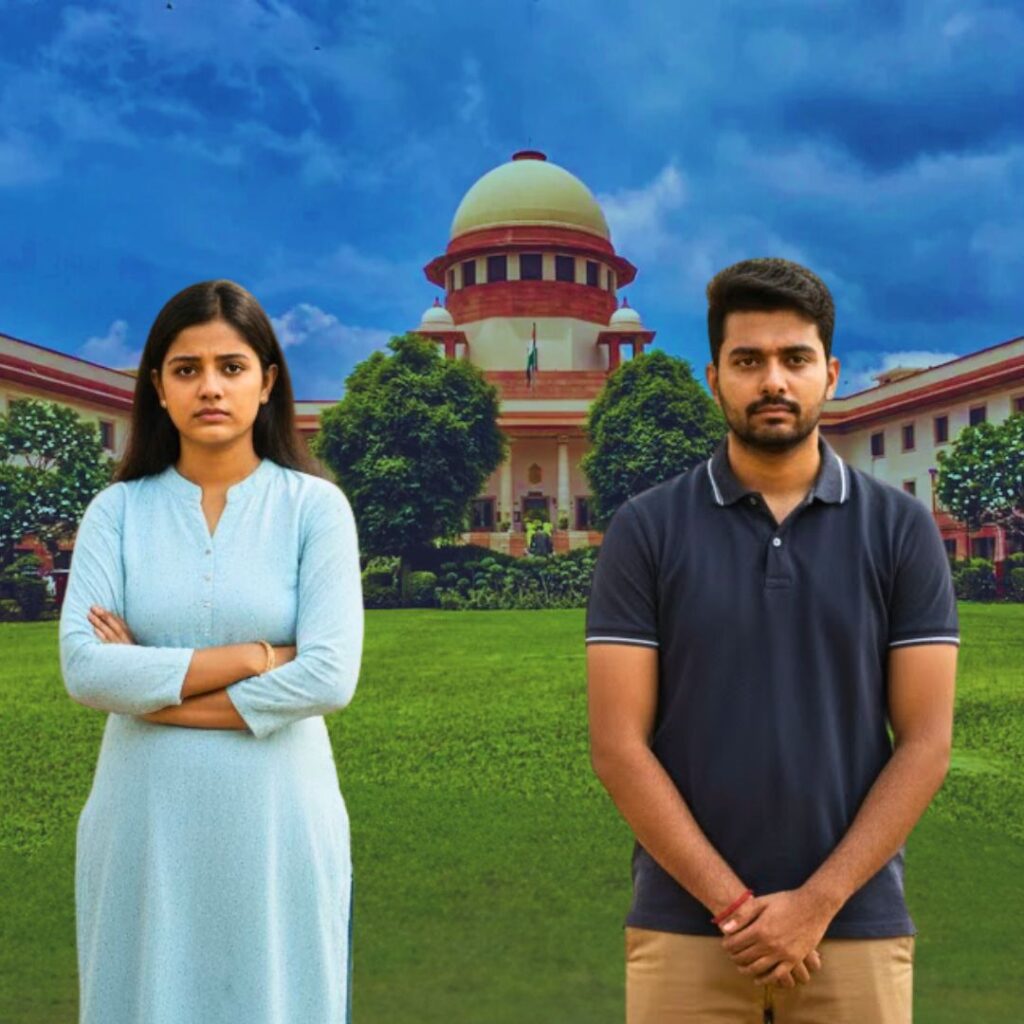India, historically a land of cultural and artistic plurality is a typical example of diverse yet collective human intellectual achievement. However, in contemporary India, the culture and mass appeal of art has dwindled down. As a result, art and artists even with their masterpieces remain largely unacknowledged with slight or little regard to their artistic genius. The need to replenish the slumbering cognizance of the layperson and bring about a renewed awareness of art has been one of the main agendas recognized by Kiran Nadar who with her glowing passion for art founded the Kiran Nadar Museum of Art (KNMA) in the year 2010.

KNMA is an exemplary initiative taken to revive interest in India’s vast art heritage and explore the vivacity of culture through their various dynamic programs in the public space which includes workshops, talks, education and exhibitions. KNMA is a non-profit and non-commercial organization located in New Delhi and intends to make art visible to the public. KNMA, in its feat to foster a museum-going culture among the people, is working towards sensitization of art and ways to appreciate it. The initiative has observed many critically acclaimed exhibitions.

Kiran Nadar started this initiative with an idea of sharing her personal art collection in a public space. The private museum that is constantly growing its collection, primarily showcases modern contemporary art from India and the subcontinent, 20th-century Indian painters from the post-independence years and a robust collection of different art practices from around the country. It engages public and audience of all ages belonging to all walks of life by collaborating with several schools, NGOs, art galleries, trusts, etc.

KNMA’s reach has gone beyond borders, the initiative has achieved global recognition through various international collaborations, one of the most significant ones is upcoming as principle partner and curator of the India Pavilion at the Venice Biennale. The constructive agenda behind its ever-growing international outreach is to open discourses and debates on a global platform with ‘South Asian Art’ being the focal point of discussion. This not just brings underrepresented regional art as a heterogenized and multi-faceted entity in public visibility globally but also stimulates new studies and research.
The innovative programmes by the KNMA has essentiality made it possible to bridge the gap between public and art as a revolution in itself. It has not only opened art for the general public to be critically evaluated but has also at the same time being a catalyst to mobilize different forms of art that were otherwise on the verge of redundancy. This remarkable initiative has single-handedly bull walked the artistic representation of cultural groups out of its identity crisis for a more evolved and involved retrospection.












